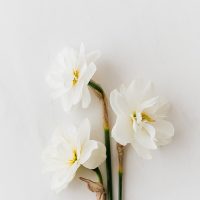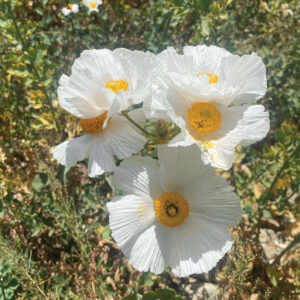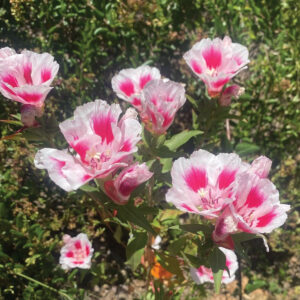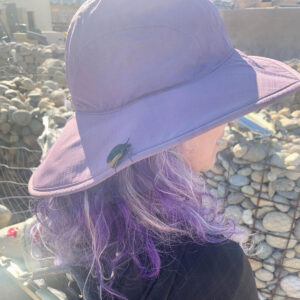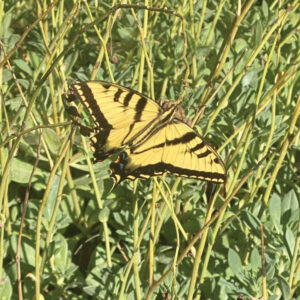We are very lucky to be living in Southern California, where the days are warm and the climate is perfect to grow cooler season vegetables in the wintertime! The Hot Santa Clarita sun often shortens our cooler spring vegetable season when the plants bolt early or dry out, so you will find that some of the standards that you plant in early spring can also be planted in the fall time to grow through the winter. If we don’t have a freeze, most of your vegetable and herb crops will take you through the winter.
If you are starting from seed, being late matters however there are plenty of seedlings in the nursery at this time, so you won’t miss out on planting unless you are a couple months too late.
A nice trick (especially with leafy crops) is to plant in succession. That means plant some now, some more in two weeks, more two weeks later etc. If you do that you will be harvesting throughout the season. When harvesting pick some but not all of the leaves and your plant will continue to grow more lettuce, arugula etc.
Raised planter beds are a great way to control your environment, you don’t have to deal with the soil that you have, you can create your own mix! If you have problems bending you can build the bed up to suit your needs and.. They look pretty too.
Here is a list of vegetables that will do well in Southern California and some tips to grow them, so don’t hang up your gardening gloves yet!
Arugula – This peppery leafy vegetable is great in salads, as a bed under figs drizzled with balsamic and more. Inland planting time November – March on the coast you can start earlier and plant longer.
Artichokes – you can plant them now, depending on size they can take two years to bear. These are perennials, so you keep them in your garden and wait for them to bear fruit and if you let the artichoke go too long you will have an amazing lavender thistle-like flower. They should be planted 4’ apart – they get BIG!
Asparagus – the time to plant is January and February. These are also a two-year crop; they need a special bed and care, so make sure to read up on them prior to starting your crop.
Beets – You can plant in August or February through April inland. On the coast you can plant them most of the year starting in January right into early fall. They should be planted (if by seed) in rows that are 18” apart. I’d put the plants that far apart if using seedlings.
Bok Choy – Planting time is September and October. Great for stir-frying!
Broccoli – Did you know that there are not only green but colored varieties? Check out a purple variety for a change of pace. They can be planted from December through February inland, start a little later on the coast. They should be 12 – 18” apart.
Brussel Sprouts – these are awesome looking veggies, the little sprouts grow in a spiral pattern around a central stalk. From what I’ve read they should be planted from January to July on the Coast… but I didn’t find an inland planting time and haven’t tried any yet. I guess I’ll just have to try some and let you know how I did next year! Space these 24” apart – the stalks are pretty thick.
Cabbage can be planted in February inland – but of course it is in the nurseries already because planting time for the coast starts in August. It’s been pretty cool around here lately so it might be worth a try now. If you plant some now and then again every few weeks (or every month) you won’t lose out if the first planting doesn’t work.
Carrots can be planted from seed or seedling and planting time is from September to April inland. They can be planted almost year round on the coast. If you are planting in hard clay soil you might consider planting the cute little Thumbelina Carrots – they are small round carrots and they don’t have to push down too far into the soil. It is always best to cultivate your vegetable bed at least 12 – 18” down so the root veggies don’t have to work so hard. If you plant rows they only need to be spaced 2” apart.
Garlic! This is an awesome crop and easy too. Get some good quality garlic cloves… those are your seeds. Plant them in the ground and in the summertime you will have fresh garlic. Each head has lots of cloves so… lots of new heads of garlic. I found a great article in the NY Times and posted it on my Grass Is Always Greener Facebook Page – take a look at it.
Lettuce – I love leaf lettuce, Romaine is one o my favorites and I found both green and red-leaf Romaine this year. There is also red oak, curly leaf and many more. Inland planting is November through March but with coastal planting starting in August the lettuce is available now too.
Mustard Greens – You can plant August through October and as long as until April on the coast. They should be spaced 8” apart. I don’t have any good recipes or this veggie, so if you do… let me know!
Peas and Sugar Snap Peas can be planted from September through January and even earlier and later on the coast. They should be grown on trellises or poles for support.
Radishes – Planting time is September through April but pretty much all year round on the coast. Plant these from seeds. I often mix these with scallion seeds in the warmer month to make sure I remember where my scallions are planted. Scallions take a long time to germinate and mature and you could forget and weed them away. If you plant them mixed in with radishes by the time the radishes are done the scallions will be peaking up and getting stronger and bigger.
Rhubarb is another perennial and can be planted during December and January. They need to be 36” apart because they get pretty wide. An important note about them is that their leaves are poisonous so if you have animals that chew this is not a good plant for you!
Spinach – Plant this veggie September through January inland and August through March on the coast. They can be fairly close together because they taste best when picked young. This is a great succession planting!
Here is a list of herbs that do well in the cooler weather:
Oregano
Rosemary (it’s a bush so make sure you give it enough room or plant in pots)
Sage
Thyme
You might also try Chives Dill and Parsley if you find them. Dill and Parsley like it cool anyway. I have had Chives that have lasted three years now. Basil is pretty iffy because it likes the heat and is annual but… if you planted some last summer and let it go to seed you might find some growing in March.
I’d love to hear how successful you are with your venture!
For more about my designs: The Grass Is Always Greener








